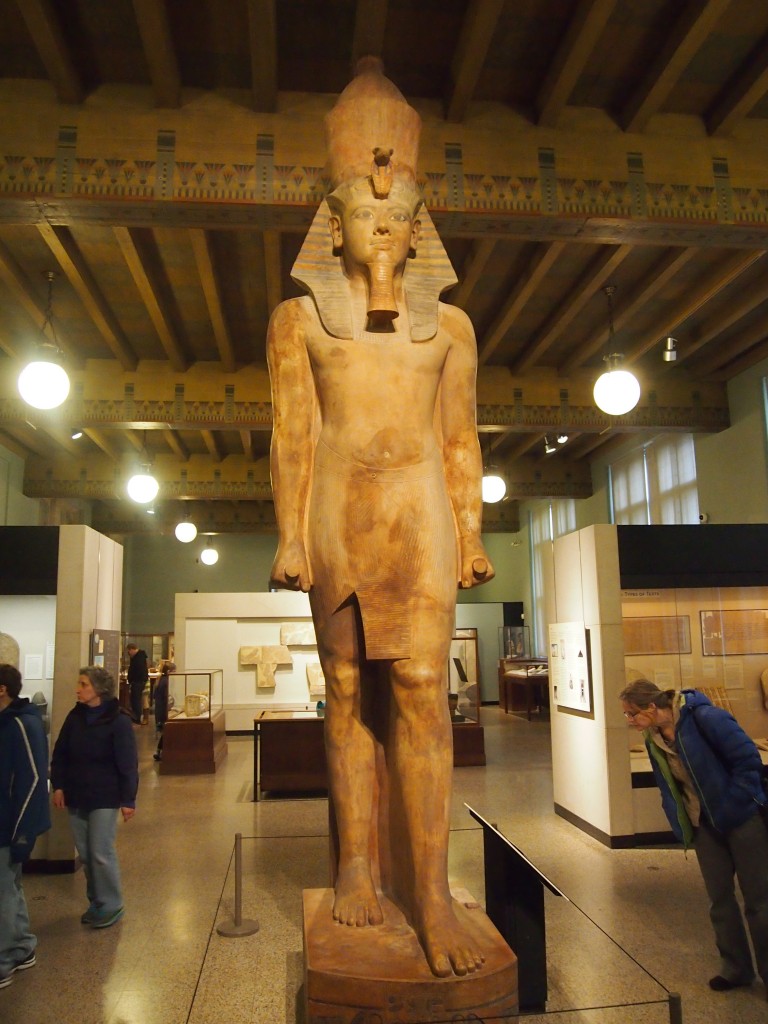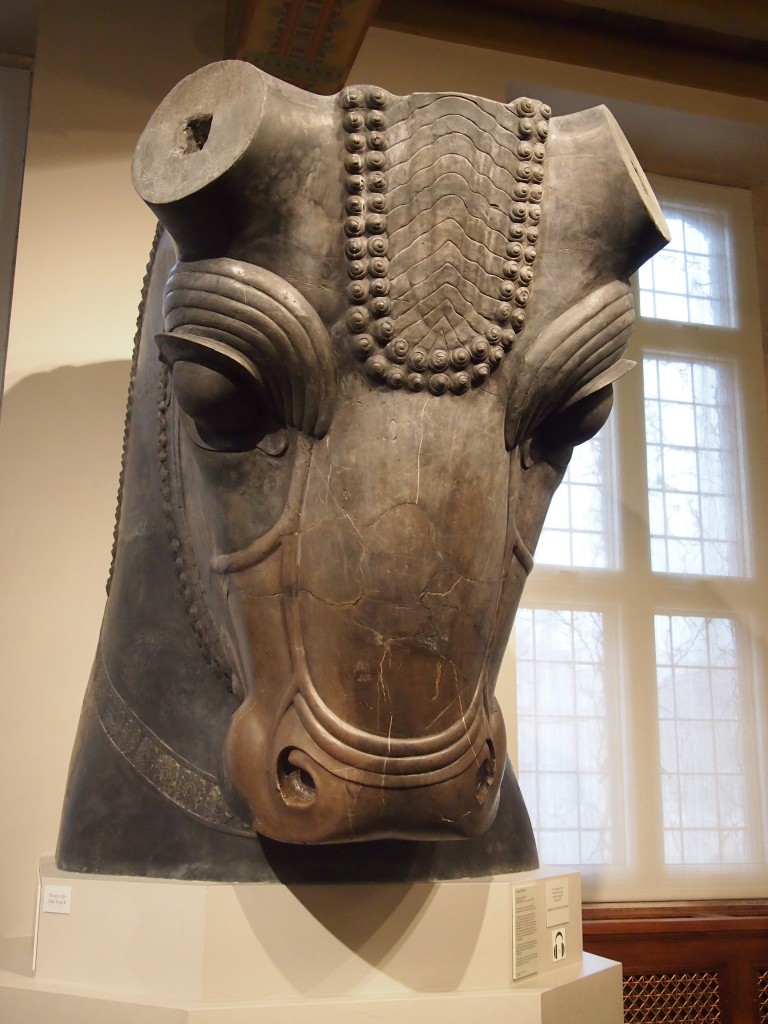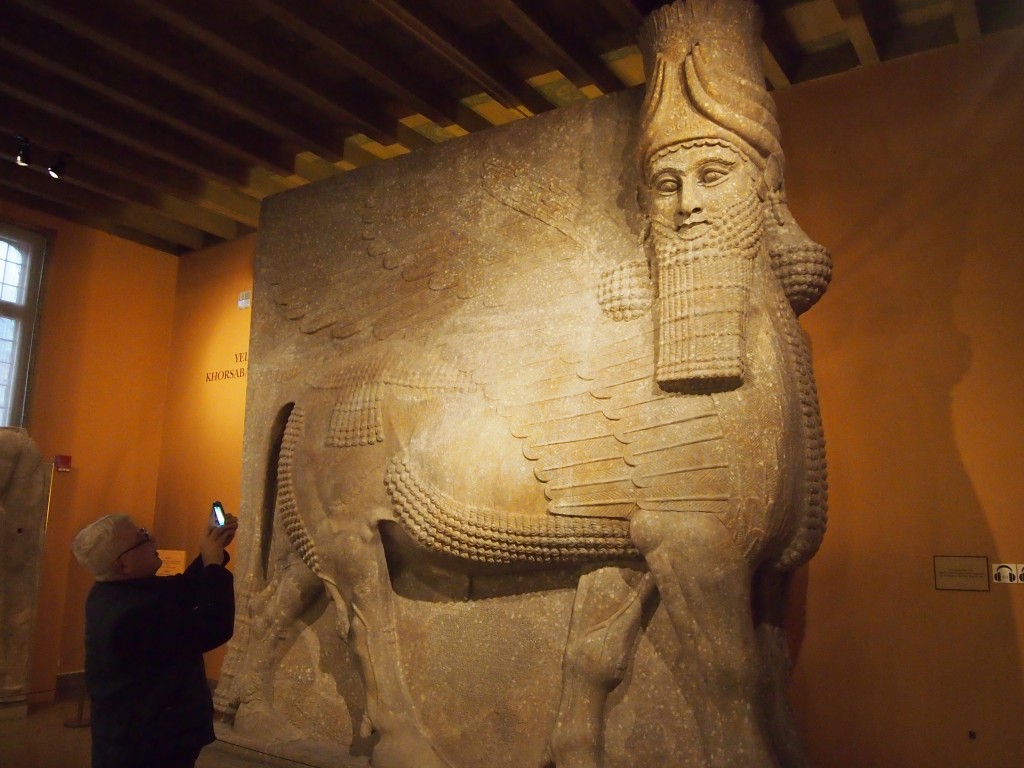The Oriental Institute Museum in Hyde Park, Chicago, houses an embarrassment of riches, a surfeit of treasures, and an abundance of artifacts from times lost to time. Not bad for an organization that isn’t even a century old. The institute’s web site puts it succinctly: “The Oriental Institute is a research organization and museum devoted to the study of the ancient Near East. Founded in 1919 by James Henry Breasted, the Institute, a part of the University of Chicago, is an internationally recognized pioneer in the archaeology, philology, and history of early Near Eastern civilizations.”
Besides the obviously high quality of the collection, which I’m only partly able to appreciate – it’s hard for me to sort out of who was who and when was when in the ancient Near East, except for places that were eventually part of the Roman Empire — I like the museum for two other reasons. First, it’s never been crowded in all the times I’ve been there since the 1980s. Second, it doesn’t pander to visitors with a lot of whiz-bang, touch-it-wow gimmicks. It’s got stuff, and signs describing that stuff. An old-fashioned, static approach to museum organization, for sure. If you go to the Oriental Institute Museum, you’ve got to be prepared to look at things and read about them.
But who’s so jaded that he wouldn’t be impressed by this?
 The first item is a colossal bull head from the Hundred-Column Hall of Persepolis, dating from the reigns of Xerxes and Artaxerxes I in the fifth century BC (note: the signs in the museum use BC, not BCE). The horns are lost, which makes me suspect they were made of something really valuable, looted long ago.
The first item is a colossal bull head from the Hundred-Column Hall of Persepolis, dating from the reigns of Xerxes and Artaxerxes I in the fifth century BC (note: the signs in the museum use BC, not BCE). The horns are lost, which makes me suspect they were made of something really valuable, looted long ago.
Next is a human-headed winged bull — a lamassu — which once was at the entrance to the throne room of Assyrian King Sargon II . Weighs 40 tons. I wouldn’t want to get on his bad side.
Finally, a 17-foot-plus statue of Tutankhamun. Well, sort of. The institute says: “The statue is inscribed for Horemheb whose name was recut over that of King Aye. The statue is assigned to the reign of Tutankhamun on stylistic grounds, for it resembles other representations of that king.” Sure, but it’ll always be King Tut to me.

